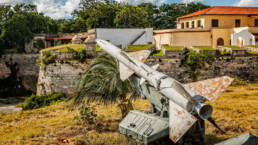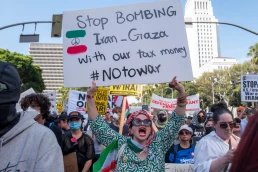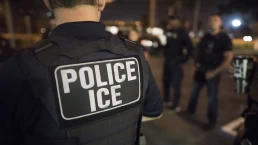Subsequent efforts to cut arsenals or keep weapons from ‘bad guys’ have inured the public from the real danger: the nukes themselves.
by Jim Walsh, Responsible Statecraft
Perhaps the fates (or the laws of probability) are having a bit of fun at our expense, or maybe this is their way of providing yet another warning, but the possibility of nuclear war is once again in the air, as it was 60 years ago this month during the Cuban Missile Crisis.
Trying to understand today’s problems through the lens of history and historical example is always fraught. Circumstances change with the times; today is not yesterday. Still, human beings are more or less the same. The biases, impulses, and hubris that influenced decision-making in 1962 are alive and well despite the species’ best efforts.

So what can the Cuban Missile Crisis tell us about today’s nuclear dangers? First, it reveals lessons that were obvious then and that have stood the passage of time. But it can also tell us something today that could not have been understood in the moment or even years later.
When the Soviet Union decided to place nuclear weapons in Cuba, it did not anticipate that the United States would react so strongly (what specialists refer to as “freaking out”) or that the national security team would actually recommend a military strike and invasion of the country.
Recent Posts
Is A Citizens United 2.0 Right Around The Corner?
July 15, 2025
Take Action Now Is it possible for American democracy to be further degraded by the influence of billionaires? Thanks to champion of the working…
U.S. Leaders Gave Up On Diplomacy With Iran. We Must Make Them Return To It.
July 15, 2025
Take Action Now Building an antiwar movement means preventing the systemic U.S. aggression that creates the conditions for war.By Hanieh Jodat,…
What To Do When You See ICE In Your Neighborhood
July 14, 2025
Take Action Now How can you deter the Trump administration’s immigrant deportation machine when it pops up in your community? Follow these…
ICE Campaign Of Violence Will Lead To More Deaths
July 14, 2025
Take Action Now Jaime Alanis’s death shows the horrific consequences of a secret police force behaving with utter impunity.By Natasha Lennard, The…




